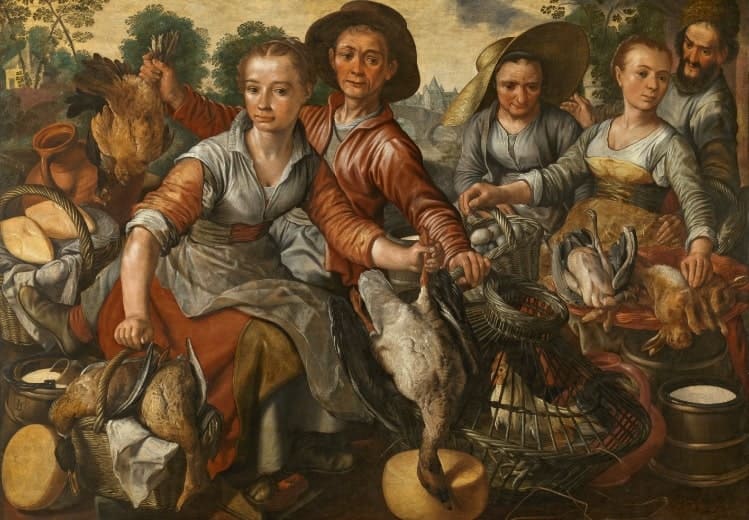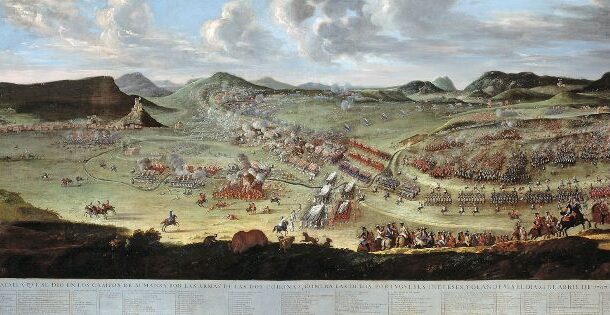The expansion of the existing frontiers in medieval times meant that a growing slave labour force entered into many of the labour transactions during the modern period. Naples and Valencia were two major enclaves in Europe during the 16th century where the Catholic Monarchy fixed its slave trade. During this time Naples was engaged in reinforcing its fleet in preparation for a Turkish offensive, relying on slave labour to cover many of the needs that would progressively arise.
In the Neapolitan fleet, forced labourers accounted for 74.6% of the oarsmen, slaves for 15.4% and volunteers for only 10%. The cost of the workers obliged to provide their services in different ways was determined by successive negotiation phases in which a representative of the viceroy, another of the asentista and the captain general Juan de Cardona had to reach an agreement in order to achieve a synthesis between the different parties and proposals.
Collection: Graphics
Project: 6. Under a cloak of terror: violence and armed conflict in Europe., 9. Travels and travelers: economic, social and cultural connections.
Chronology: XVI
Scope: Secondary Education, Baccalaureate, University, Postgraduate
Link: http://www.tiemposmodernos.org/tm3/index.php/tm/article/view/5359
Resource type: Graph
Format: Line chart
Source: Filioli, F. (2020). "Identidades, valor y precio: el mercado de los esclavos y de los cautivos en Nápoles y Valencia en la primera Edad Moderna", en Tiempos modernos, nº 41, p. 6.
Language: Spanish
Date: 2020
Owner: Roberto José Alcalde López (Modernalia)
Copyright: ©Tiempos Modernos ©Fabrizio Filioli Uranio
Abstract: Chart showing the evolution of the Neapolitan fleet during the 16th century
Tags







